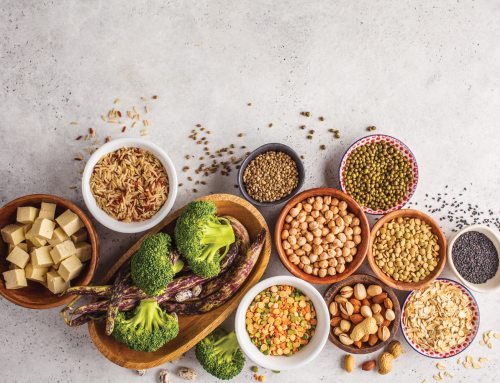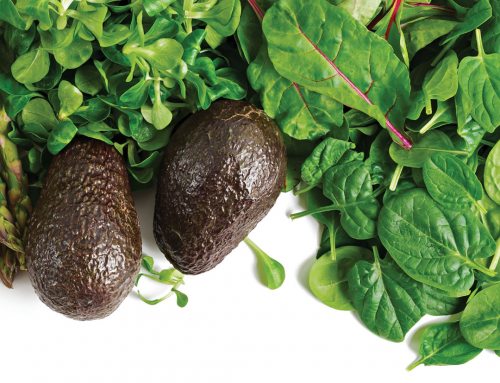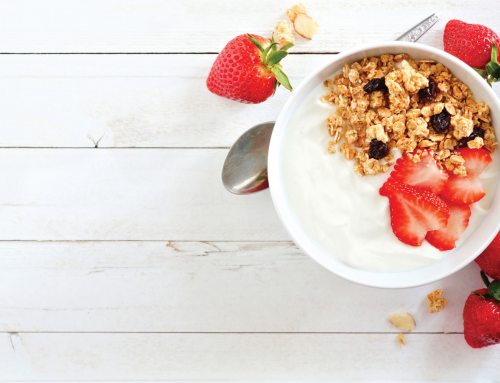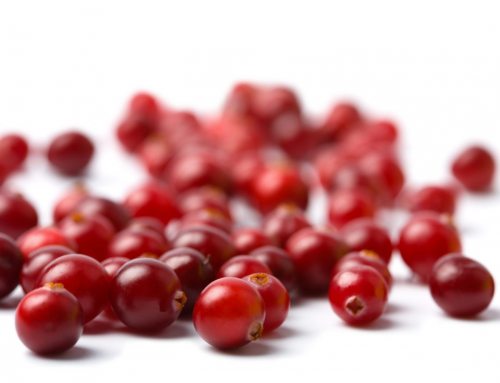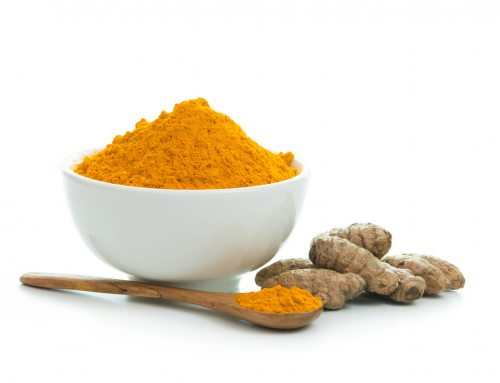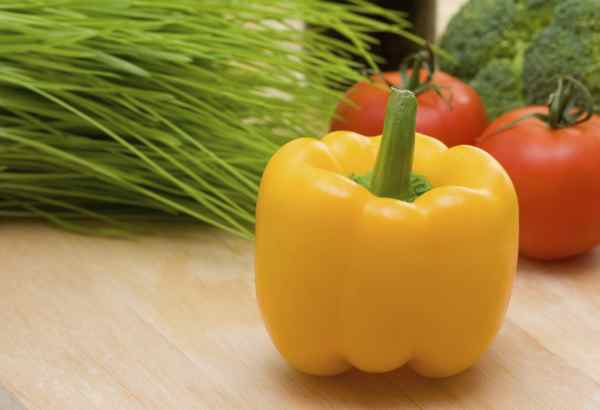
By Gabe Staub, MS, RD, CSSD, CSC
Being sore is not fun. Minor aches and pains, that nagging, recurring knee crankiness that comes back after a long run … don’t you wish the soreness would just go away? Perhaps it is as simple as adding different foods into your diet.
Arduous physical activity, such as long-distance running, can cause inflammation-induced pain, swelling and soreness. Inflammation is a natural process that occurs quickly to heal damaged tissue and cells. When we stress our bodies to overdrive or fail to recover from the previous day’s stress exposure, we foster the onset of musculoskeletal demise, such as erosion of cartilage, injury, function, performance and pain. Yet many of us overlook the seriousness of chronic inflammation and the internal fire that continues to spread. Providing the body with its own nutritional fire fighters is one way to put an end to the discomfort caused by exercise-induced inflammation, keeping you engaged in your endurance activity for the long haul. The following is a brief list of recommended foods and spices that have shown promise as nutritional fire fighters.
CHERRIES
Daily consumption of cherries has been shown to reduce circulating concentrations of inflammatory markers, possibly due to cherries’ high content of antioxidants and phenolic compounds such as anthocyanins. Cherry extract has been shown to lessen the occurrence of gout flare-ups. In a recent study, endurance runners who ingested tart cherry juice (355 mL) for seven days prior to a running event had less post-run muscle pain than those who drank the placebo. Bing cherries are a quick snack that can be transported with you whereever you go. About 12 cherries is considered 1 serving size of fruit.
POMEGRANATE
Pomegranates are a rich source of two types of polyphenolic compounds: anthocyanins and tannins. Studies have shown pomegranates to reduce key igniters of inflammatory pathways. Anthocyanins are potent antioxidants, provide the brilliant color of the pomegranate juice, and are reported to decrease reactive oxygen species, which damages cells and promotes inflammation. Components of pomegranates can also enhance the activities of exogenous antioxidants that prevent cellular damage (and inflammation). Pomegranate juice is easier to consume for a quick breakfast addition, unless one purchases a pre-gutted fruit.
WHEAT GERM
A 2-tablespoon serving is just 60 calories and is packed with nutrients such as B vitamins, folic acid, vitamin E, zinc, phosphorus, magnesium and a balance of macronutrients (4 g protein, 9 g carbohydrate, 1.5 g unsaturated fat). Sprinkle wheat germ on a peanut butter whole-wheat bagel or toast or add to smoothies, protein shakes, yogurts, oatmeal or muffins. Wheat germ also has phytosterols, which is recommended to lower bad cholesterol levels. I recommend the honey crunch wheat germ by Kretschmer. It’s a fast, easy and inexpensive way to fuel any endurance athlete’s needs.
WHEAT GRASS
Though not the best tasting juice concoction out there, advocates claim this grass can rejuvenate, eliminate toxins, boost immunity and cure any digestive dysfunction. But there’s not a lot of conclusive research backing these claims. So why is it on my list? Its levels of chlorophyll, the photosynthesis molecule, are substantial. This nutrient promotes the growth of plants; it must do something good for our bodies when we ingest freshly juiced grass (you don’t chew it like a cow does). In one randomized, double-blind, placebo-controlled study (it’s legit), treatment with wheat grass juice was associated with a four-fold activity index for patients with ulcerative colitis. If you’ve ever had an ounce or two of this green grass, it just makes you feel healthier. The green juice may cost about $2 per ounce at your local health food store. If you grow your own, it’s imperative that you drink the juice immediately to ensure the bioavailability of the nutrients remains intact.
TOMATOES
You may argue whether a tomato is a fruit or a vegetable, but there’s no debate that tomatoes should be part of an endurance athlete’s consumption. Tomatoes contain vitamins, potassium and other carotenoids. It is one of the richest sources of lycopene. This carotenoid has evidence supporting its ability to combat cancers; it also may help protect cells from damage. Lycopene’s bioavailability is increased when it is heated or processed (such as in tomato sauce) and combined with fat (such as olive oil). Try heating up diced tomatoes or cherry tomatoes with a splash of olive oil, basil, garlic, ground pepper or tomatoes with diced avocado and a drizzle of balsamic vinegar on top. Lycopene has also been shown to improve the skin’s ability to protect against prolonged sun exposure.
RED BELL PEPPERS
Red bell peppers are an outstanding source of antioxidant and anti-inflammatory phytonutrients. The main contributors from these peppers are a phytonutrient group found in bell peppers, the carotenoid family, with more than 30 different carotenoids being provided by this vegetable. Red bell peppers are also very high in vitamins C and E, which keep your immune system in check.
# # #
For more information on individual and team performance nutrition services, contact Athletes’ Performance at Raleigh Orthopaedic or visit www.apcraleigh.com or www.apccary.com and click on the Performance Nutrition link. Gabe Staub, MS,RD, CSSD, CSCS is a performance nutritionist at Athletes’ Performance at Raleigh Orthopaedic – gstaub@athletesperformance.com.



